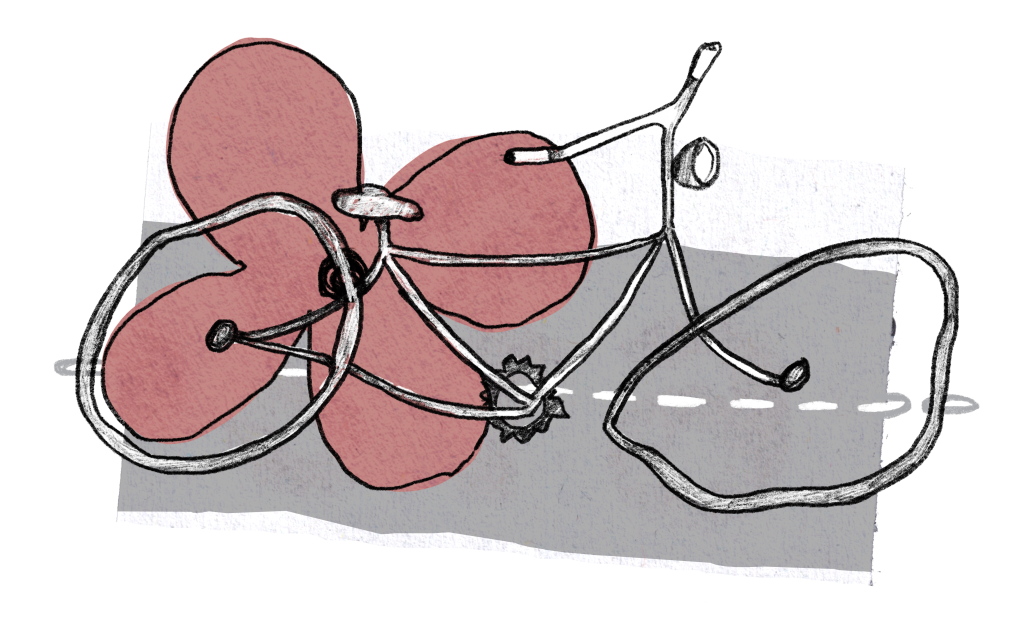By Oona de Carvalho
Illustrated by Mithalina Taib
On October 31, the Grantham Research Institute and LSE Cities hosted an on-campus public event on how to create ‘A safe future for cycling in London’. This event featured four experts from academia, policy-making, and urban-planning.
This past year, LSE has lost three members of its community in cycling accidents. These three individuals are part of the eight cyclists killed annually in London.
In response to these tragedies, over 700 staff and students from 37 London academic institutions signed an open letter in March urging London’s Mayoral candidates to address road safety. The letter called for the eradication of cyclist and pedestrian deaths caused by motor vehicles by 2028.
‘A safe future for cycling in London’ addressed how to achieve the goals outlined in the open letter and paid tribute to those who had lost their lives.
Reframing how we think about road safety is a crucial starting point, the speakers emphasised. As explained by Marco te Brömmelstroet, Professor of Urban Mobilities at the University of Amsterdam, public discourse tends to focus on steps cyclists can take to increase their safety such as wearing a helmet or ensuring visibility. Instead, greater attention should be given to the systemic causes of road injuries. “For a solution, we have to shift our focus on taking away the danger instead of weaponising the victims,” te Brömmelstroet suggested.
Rachel Aldred, Professor in Transport at the University of Westminster, added that near missed-collisions should also be considered in policy-making. “The rate at which people experience near misses cycling in this country is unacceptably high. On a weekly basis people are experiencing fear,” she explained.
The speakers discussed how reducing motor traffic speeds and volumes, as well as improving cycling infrastructure, are key to improving road safety. It would make cycling more inclusive and reduce safety risks for more vulnerable individuals, stated Julie Plichon, Head of Design and Engineering at Sustrans London.
The City of London has made progress on these fronts. As London’s first Walking and Cycling Commissioner Will Norman elaborated, 52% of London roads have a speed limit of 20mph, and the city’s cycle network has more than quadrupled since 2016.
Though, as he pointed out, this progress is not evenly spread across London. London’s mayor Sadiq Khan only has jurisdiction over 5% of the city’s roads, and boroughs have improved road safety at different rates.
Limited funding and decades of urban planning centred around motor vehicles present further obstacles. “We have an awful long way to go… There is a cultural change that needs to happen in London and that needs leadership at all levels.”
Norman concluded that universities play a vital role in instigating change. “Where universities have spoken up and have invested in this you see changes…Please talk to your leadership.”
London’s first cross-university cycling network is in the process of being established. This network aims to raise awareness of cycling safety, advocate for change, and create a forum for experience-sharing. If you are interested in getting involved, please contact gri.cycling@lse.ac.uk for further information.





